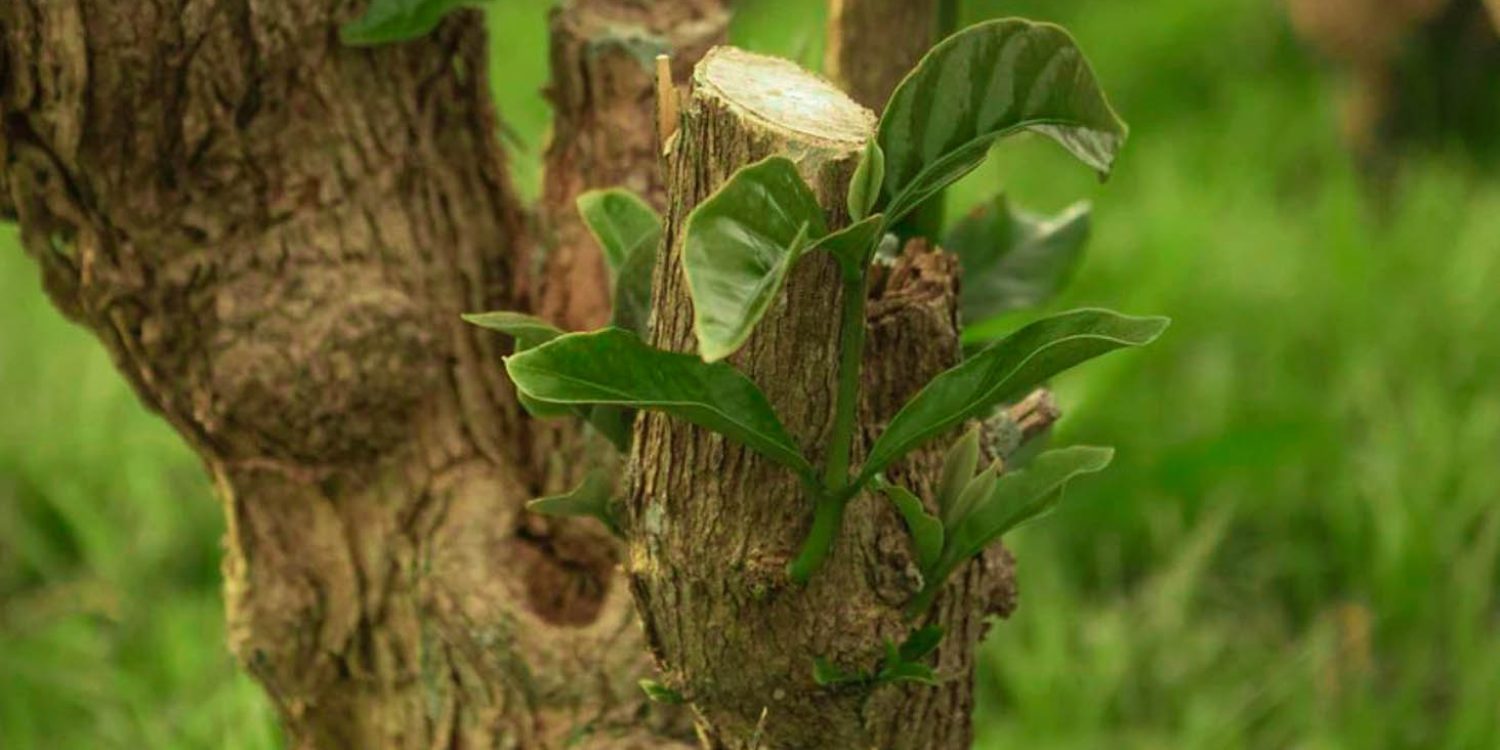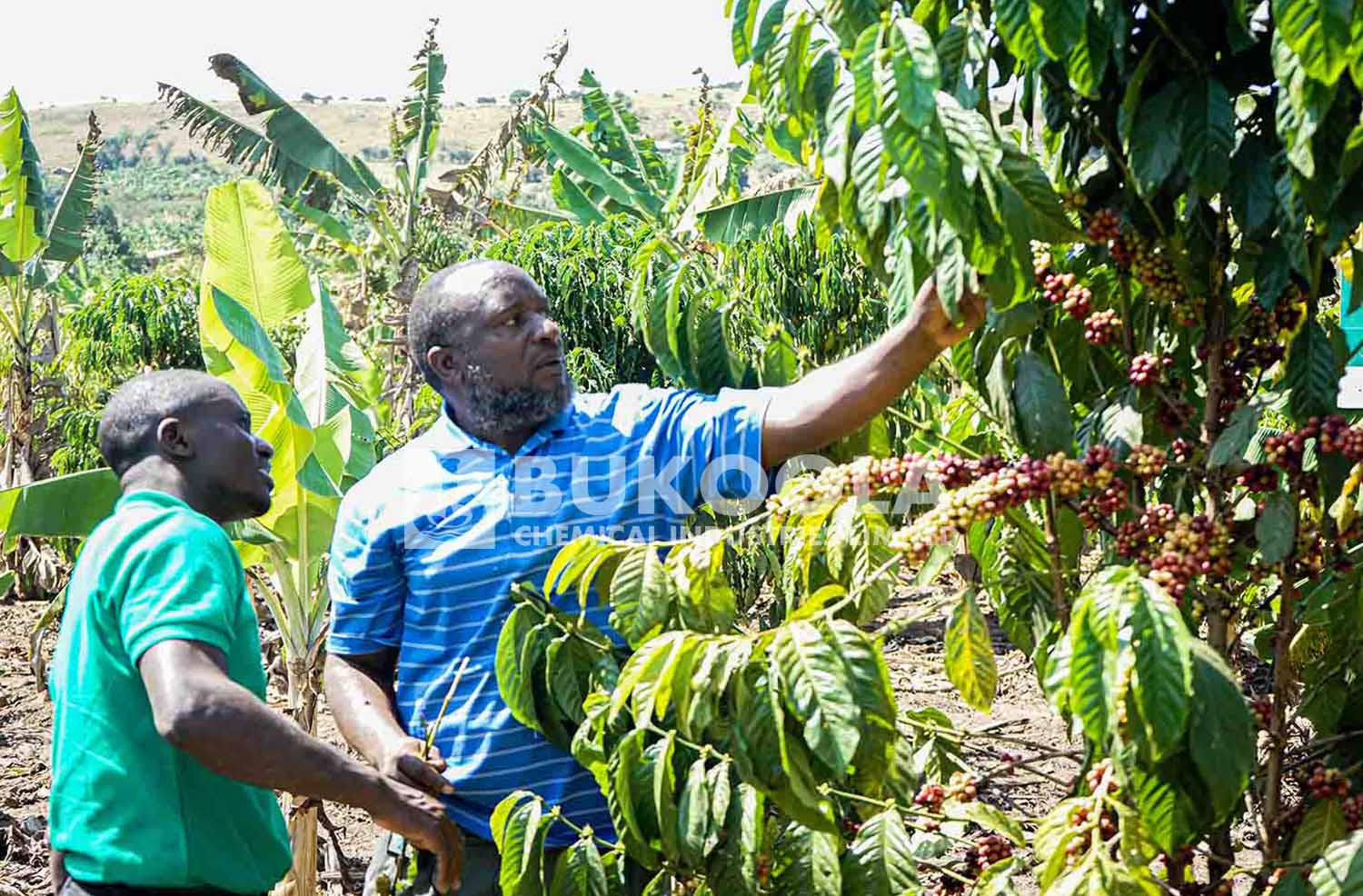Pruning coffee plants is an important practice that helps maintain their health, productivity, and shape. Here’s a general guide on how to prune coffee plants:
- Timing: Pruning coffee plants is typically done during the plant’s dormant period, which is usually after the main harvest season. The exact timing may vary depending on your specific region and climate. Aim to prune when the plant is not actively producing new growth.
- Tools: Gather the necessary tools for pruning, including sharp and clean pruning shears or loppers, gloves, and possibly a pruning saw for thicker branches.
- Remove dead or diseased branches: Begin by identifying and removing any dead, damaged, or diseased branches. These branches are unlikely to recover and can potentially spread diseases to other parts of the plant.
- Thin out overcrowded branches: Look for branches that are growing too closely together or crossing over each other. Selectively remove some of these branches to improve air circulation and light penetration within the plant. This helps prevent the development of fungal diseases and encourages even growth.
- Maintain plant size and shape: Coffee plants can grow quite tall if left unpruned. Determine the desired height and shape you want for your coffee plant based on your available space and harvesting convenience. Prune the top of the plant to control its height and promote bushier growth.
- Prune lateral branches: Coffee plants produce lateral branches, which bear the coffee cherries. Trim these lateral branches to maintain a manageable size and encourage productive growth. Focus on removing excessive lateral growth that may overcrowd the plant or impede air circulation.
- Consider rejuvenation pruning: After a few years of growth, coffee plants can become less productive. To rejuvenate an aging coffee plant, consider more drastic pruning. Cut back the main stems or branches by about one-third or half their length. This promotes new growth and encourages the plant to produce higher yields in subsequent seasons.
- Clean up and dispose of pruned material: Once you have finished pruning, gather and remove the pruned branches and leaves from the area. This helps prevent the spread of pests and diseases and maintains a tidy growing environment.
Remember, the exact pruning techniques may vary depending on the specific coffee variety and local growing conditions. It’s always a good idea to consult with local coffee growers or agricultural experts for guidance tailored to your specific region.







